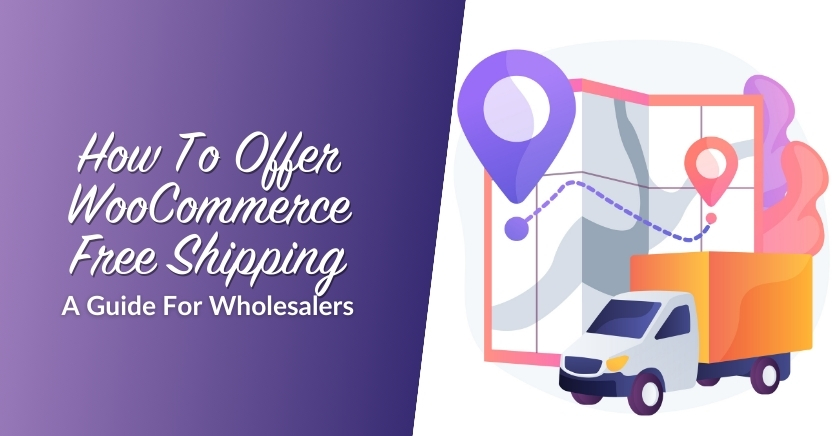Adapting Your Sales Talent Strategy for Today’s Market

By: Doug Wyatt (VP, Sales & Marketing – SPARXiQ)
At various industry events this year, a recurring topic has been the importance of a well-thought-out talent strategy. It’s not merely about having any talent strategy but developing one that enables you to thrive in the face of today’s talent challenges.
Many distributors have expressed a widespread shortage of talent and are facing high turnover. This cuts across all departments from warehouse and logistics to back-office and management. However, this issue is particularly critical in sales roles, given its impact on your company’s performance.
As the role of the distributor salesperson has evolved due to buyer preferences at the same time that labor constraints have emerged, it’s an opportune time to re-align your sales talent strategy – how you attract, select, and develop a sales team that enables you to grow market share.
In this article, I’ll provide a framework for realigning your sales talent strategy and provide examples of best practices we’ve seen distributors employ.
Tailoring Your Sales Talent Strategy to Your Business Goals
While every distributor has goals for sales growth, they also have specific goals tied to their sales model, product lines, and place in the market.
- Sales Model: Consider your sales roles and how you support your customers. Do you have a full-cycle team of territory managers? Or separate inside and outside teams responsible for different parts of the sales cycle?
- Product Lines: Depending on what you sell and to whom, your sales team may serve a very different purpose than other distributors. Consider how much product and application expertise is needed for market success.
- Market Positioning: Do you win business by having everyday items in stock and at a competitive price? Or do your sellers make themselves indispensable based on their ability to add value in helping your customers solve problems? Determining where you land helps align your sales talent strategy going forward.
These three considerations above must be accounted for whenever you’re building out a strategy for your sales talent. More tactically, you may also consider what current challenges you want to solve for, aside from an obvious desire to grow sales. Are you looking to expand your talent pool? Do you have a need for ramping new hires up faster?
Sales Talent: The Three Legs of the Stool
When we talk with distributors who are seeking to drive sales growth, we inevitably find ourselves discussing their current hiring and onboarding processes. These insights help with diagnosing root cause issues that are restricting further sales success. Stagnant or underperforming sales teams usually lack in at least one of these three areas: Drive, Knowledge, and Skills.
- Drive: How committed and motivated a seller is to excel in their career and do what it takes to succeed.
- Knowledge: Deep understanding of product lines, their applications, and their customer environments.
- Selling Skills: The ability to work a defined sales process, executing well in each stage, and excelling in each customer interaction.
When you break down sales success in this way, you quickly realize that few sellers (including potential hires) are excellent across all three legs. Distributors that struggle to fill open seats are often guilty of insisting candidates meet all three. And, of course, that they also reside in the territory seeking a new rep.
With this approach, companies receive few applications for their open roles and are constantly frustrated that they can’t find “good people.”
How do you get past this? Ensure that your hiring profiles go hand in hand with your sales organization structure and talent development program. Pick a leg of the stool that is your must-have and build a development program that programmatically supports the other two areas. It sounds obvious, but I’ve seen only a handful of distributors attack this strategically.
Two Example Approaches for Different Distributors
Next, I’ll apply this thinking and present two real-life strategies we’ve seen work well, depending on a given distributors needs and the considerations mentioned earlier in this article.
Example 1: Highly-Technical Solution Sale
Many distributors sell technical equipment and/or engineered solutions, particularly those working in industrial applications. The customers rely on the salespeople to bring a high level of expertise rather than simply needing to serve demand transactionally.
In this environment, the Knowledge leg of the stool is likely mandatory for new hires, because that level of expertise might take years to teach. Companies in this category have to require this expertise and then build competencies to support the other two legs.
We’ve seen significant impact when deploying sales skill development programs, as these highly technical “engineer” sellers may not be natural or trained salespeople. Another strategy might be to complement your technical expert sellers with new business hunters (with high Drive) who open the door to new opportunities and then partner with the technical experts to pursue them. We’ve seen distributors achieve significant growth above their competitors in recent years by running this playbook.
Example 2: Feet on the Street to Out-Compete
While most distributors aim to add value- for their customers, some are more successful as a result of their logistical advantages, having wide-ranging inventory and near-instant fulfillment for everyday items. If this is your company, your customers may not be choosing you because of your sales team’s above-and-beyond expertise. And that is good news, because you can build a sales talent strategy around that reality.
In these instances, requiring new hires to come in with extensive product and application knowledge is likely overkill and may limit your candidate pool unnecessarily. Instead, prioritize Drive your “must-have” in these situations. Then, plug these driven sellers into a complete onboarding program that teaches the product, technical, and customer application knowledge along with selling skills. Taking this approach widens the candidate pool and brings in sellers much more suitable to hunt and grow new business.
Success Starts with a Strategy
As retirement waves are hitting many distributors and the workforce continues to evolve, aligning around a thoughtful sales talent strategy puts you in a position to outpace your competition in the future. Casting lines out in the market and hoping for the best has left many distributors frustrated with their quantity and quality of applicants.
However, if you strategically set initial requirements for your salespeople and programmatically support the other “legs of the stool,” you’ll achieve quicker ramp-up times, higher ceilings for performance, and a path to more consistent market share growth.
About the Author

Doug Wyatt has 15 years’ experience supporting companies in distribution in improving their sales results. He currently leads Sales and Marketing at SPARXiQ, a leading analytics and sales training provider supporting wholesale distributors.
The post Adapting Your Sales Talent Strategy for Today’s Market appeared first on National Association of Wholesaler-Distributors.











